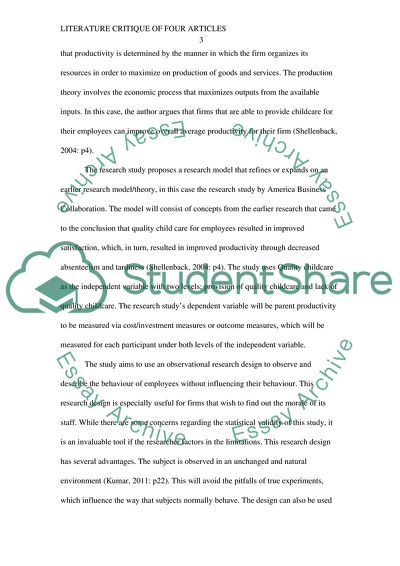Cite this document
(Child Care and Parent Productivity Research Paper, n.d.)
Child Care and Parent Productivity Research Paper. Retrieved from https://studentshare.org/family-consumer-science/1789085-literature-critique-for-4-articles
Child Care and Parent Productivity Research Paper. Retrieved from https://studentshare.org/family-consumer-science/1789085-literature-critique-for-4-articles
(Child Care and Parent Productivity Research Paper)
Child Care and Parent Productivity Research Paper. https://studentshare.org/family-consumer-science/1789085-literature-critique-for-4-articles.
Child Care and Parent Productivity Research Paper. https://studentshare.org/family-consumer-science/1789085-literature-critique-for-4-articles.
“Child Care and Parent Productivity Research Paper”, n.d. https://studentshare.org/family-consumer-science/1789085-literature-critique-for-4-articles.


